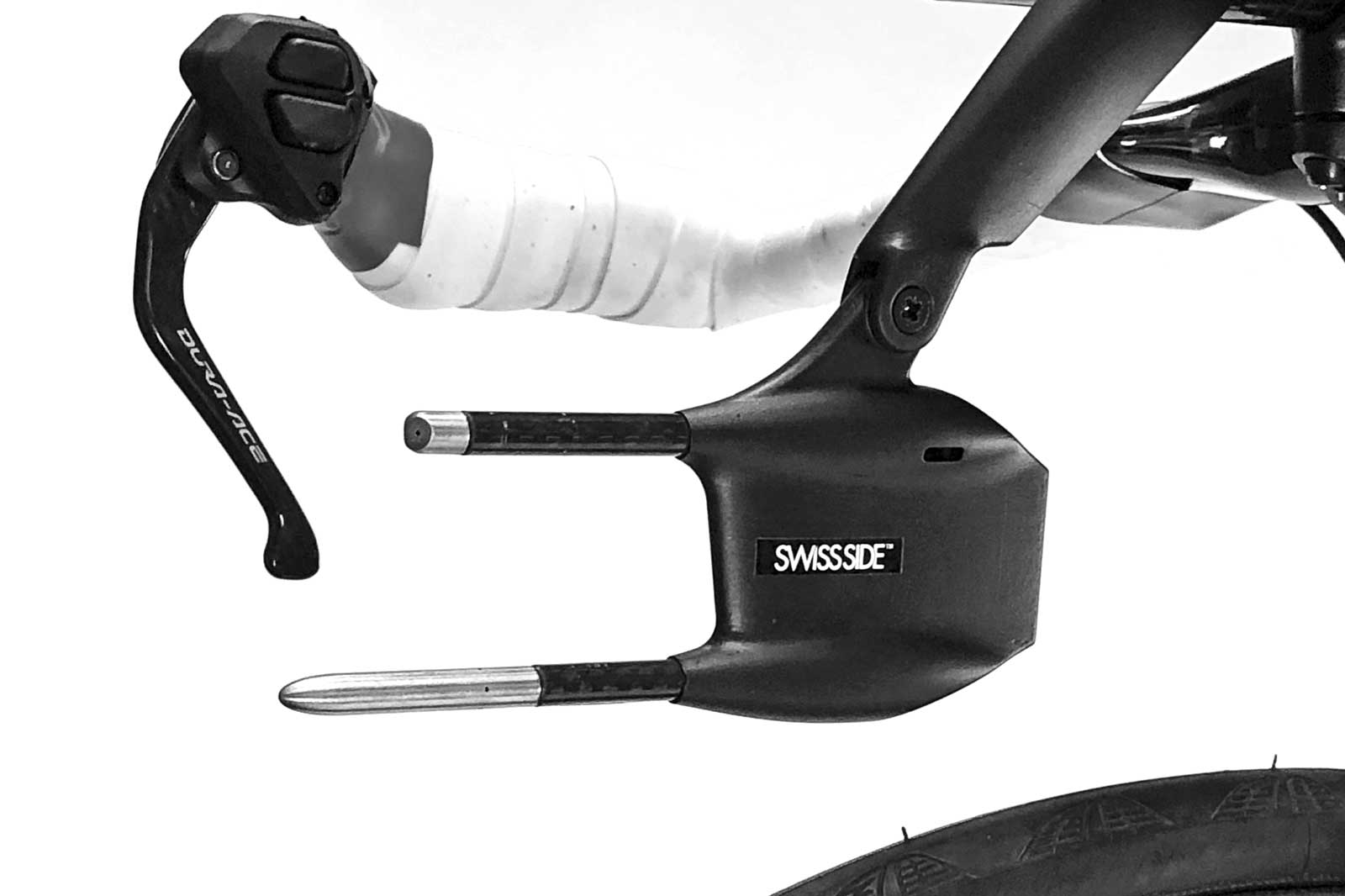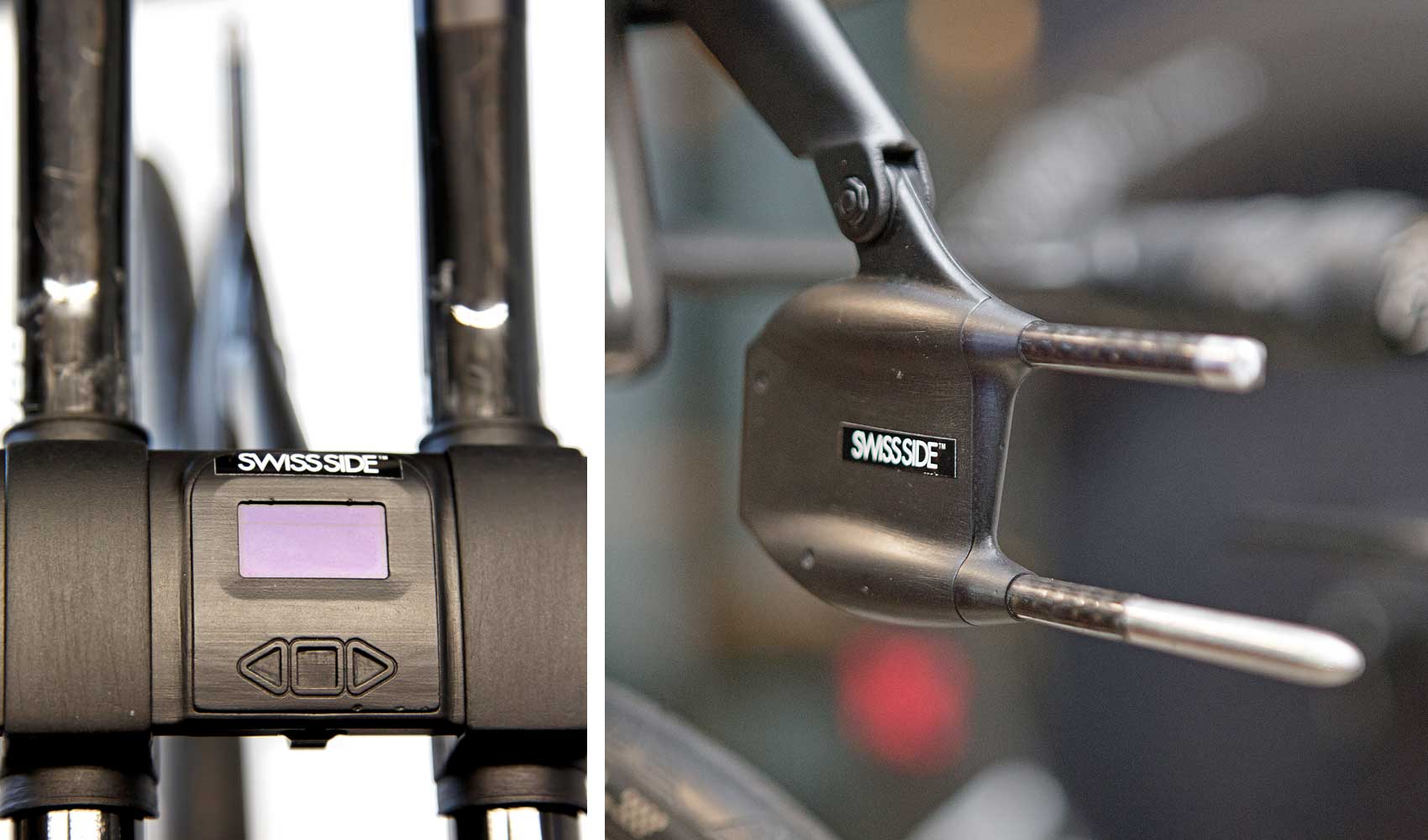https://www.bikerumor.com/...ro-drag-on-the-road/


I personally believe that real time Cda measurement devices is the next biggest thing since power meters. Hopefully Garmin will release one later this year. No more expensive wind tunnel testing, no more trusting random opinions on what people think is aero, but real testing of your own any day of the week. The opportunities that are coming are amazing.
Make Inside Out Sports your next online tri shop! http://www.insideoutsports.com/


I personally believe that real time Cda measurement devices is the next biggest thing since power meters. Hopefully Garmin will release one later this year. No more expensive wind tunnel testing, no more trusting random opinions on what people think is aero, but real testing of your own any day of the week. The opportunities that are coming are amazing.
Make Inside Out Sports your next online tri shop! http://www.insideoutsports.com/